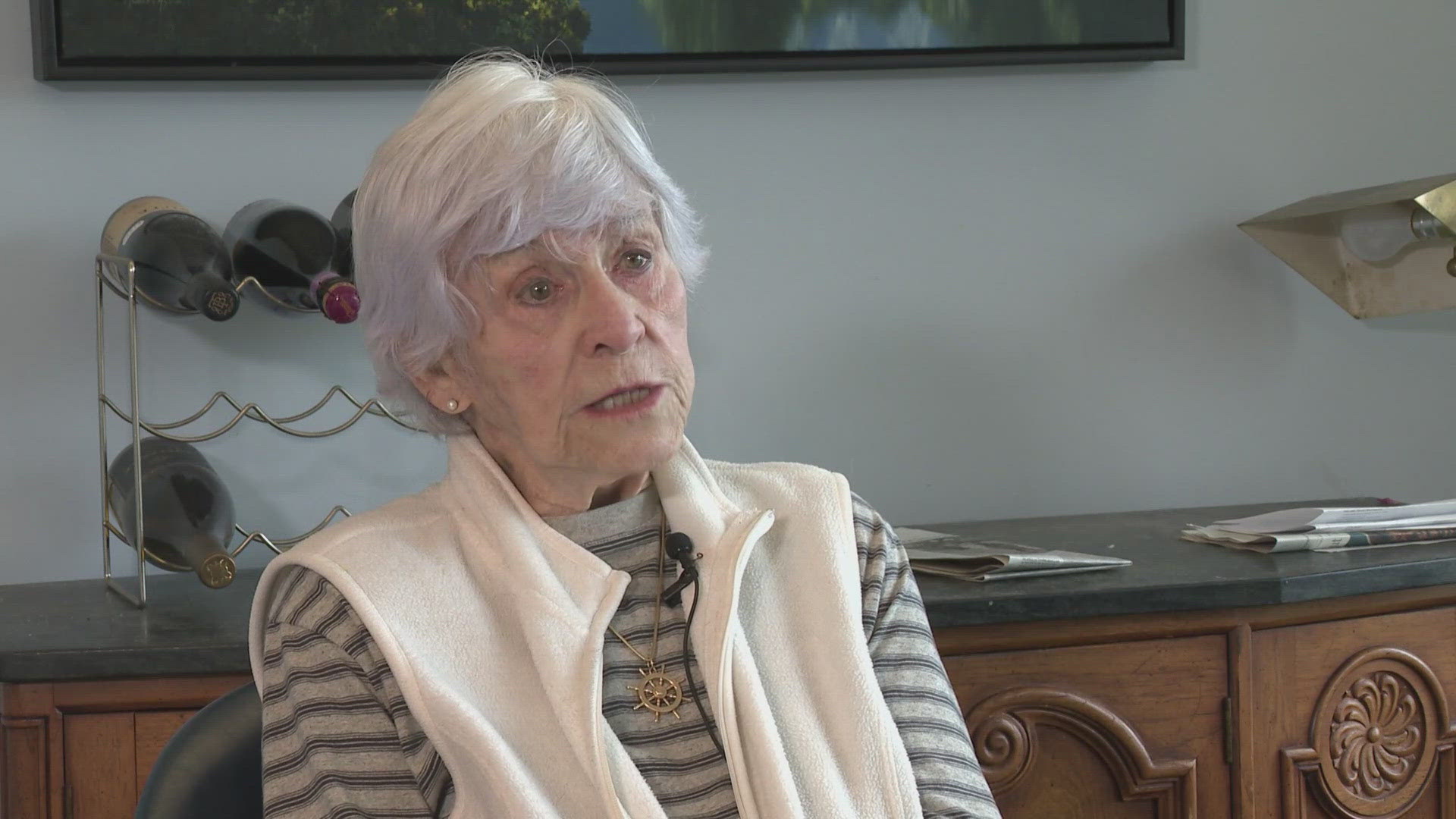Five years later, she developed a fibroid in her uterus and her doctor recommended a hysterectomy.
He also wanted to remove Jill's ovaries because she might be at risk for ovarian cancer. Jill refused.
She tested negative for the BRCA 1 and 2 genetic markers and was not interested in going into menopause at 41.
Also, because of the breast cancer, Jill couldn't take hormone replacement therapy.
Her doctor insisted it was in her best interest. Finally, she relented.
Before the surgery she visited her oncologist who screened her for any tumor markers.
The test came back negative. When the doctor removed her ovaries, he told Jill they looked fine but he sent them off to pathology to be sure.
A week later she went back for a post-op visit and had a huge shock. Her doctor told her that the pathology report came back and Jill had ovarian cancer.
It was stage 1 and caught early enough that she wouldn't need further treatment.
"The fibroids saved my life and started this whole journey cause I thought I'd wait till my late 40s, early 50s to do my ovaries but I obviously wouldn't still be here if that was the choice I made," she said.
Her doctor told her husband it was doubtful that the cancer would have been found in time had they not removed the ovaries.
"There's no symptoms really for ovarian cancer. People start developing symptoms when it's stage three and stage four and at that point normally it's not treatable," Jill says.
Jill has a strong family history of breast cancer. Her mother and grandmother had it, but no one in her family ever had ovarian cancer until now.
Jill thinks there might be another genetic mutation in her family or from her heritage. She's of Ashkenazi Jewish descent. Ashkenazi Jews have a risk for several types of diseases.
The link between BRCA1 and BRCA2 genetic mutations and breast and ovarian cancer mutations among the population was discovered in 1994.
But Jill tested negative for both BRCA mutations.
So she, her mother and sister are going through additional genetic tests to see if their family may have another type of mutation that may give some researchers some answers to help others. />

